For months, Europe has been dealing with the hectic, day-to-day struggles of managing a massive migrant crisis. While those challenges dominate in the short term, European leaders must also start thinking about medium- to long-term reforms to the European Union’s asylum and migration policies.
European governments have made clear that they want to reform the Common European Asylum System. The European Commission has proposed reforms of its own, which to become laws would need to be approved by both the Council and the European Parliament. But while these proposals are certainly steps in the right direction, they don’t go far enough in addressing structural weaknesses in Europe’s migration and asylum policies.
Positive momentum in a number of key areas
There are several areas where the Commission has already proposed good reforms:
- The Commission is proposing to recast a directive aimed at standardizing the processing of asylum procedures across Europe into a fully-fledged regulation. This is good news. The persistent variation in the implementation of asylum procedures across the EU highlights this necessity. Unlike directives, which need to be transposed into national legislation, regulations are immediately and simultaneously enforceable across all member states.
- A directive specifying the grounds for granting international protection is to be replaced by a more stringent regulation, which is also a good thing. It’s problematic that asylum seekers from the same country of origin enjoy dramatically different acceptance rates across EU member states. Combined, these changes should force member states to comply with international standards on asylum procedures and increase opportunities for migrants to get asylum (particularly in countries that have applied more restrictive criteria).
- The Eurodac system, which establishes a pan-European fingerprinting database, is now likely to be expanded as well. It would store data on third-country nationals who are not applicants for international protection. But implementation is again a challenge, since Croatia, Greece, Italy, and Malta already struggle to fingerprint new arrivals (something over which infringement proceedings are still ongoing).
- To attract highly skilled professionals, the Commission is working to make the EU Blue Card scheme more appealing. While member states will retain the right to set their own annual migrants quota, Blue Card procedures and rights will be harmonized across the EU. The minimum length of an initial contract offer will be lowered to six months, salary thresholds will be reduced, and the Blue Card will be offered to migrants granted asylum. Other measures—including a directive aimed at students and researchers and another facilitating intra-corporate transfers—are also steps in the right direction.
- Finally, the Commission has proposed making permanent a pan-European resettlement scheme that was launched during last summer’s migrant crisis. That’s also a good thing. The framework would harmonize resettlement procedures and financially incentivizes member states to favor the European framework over national ones. At the same time, it would allow asylum seekers to move to Europe without risking their lives trying to cross the Mediterranean. However, given that member states will still determine how many people to resettle annually, the long-term impact of the scheme remains to be seen.
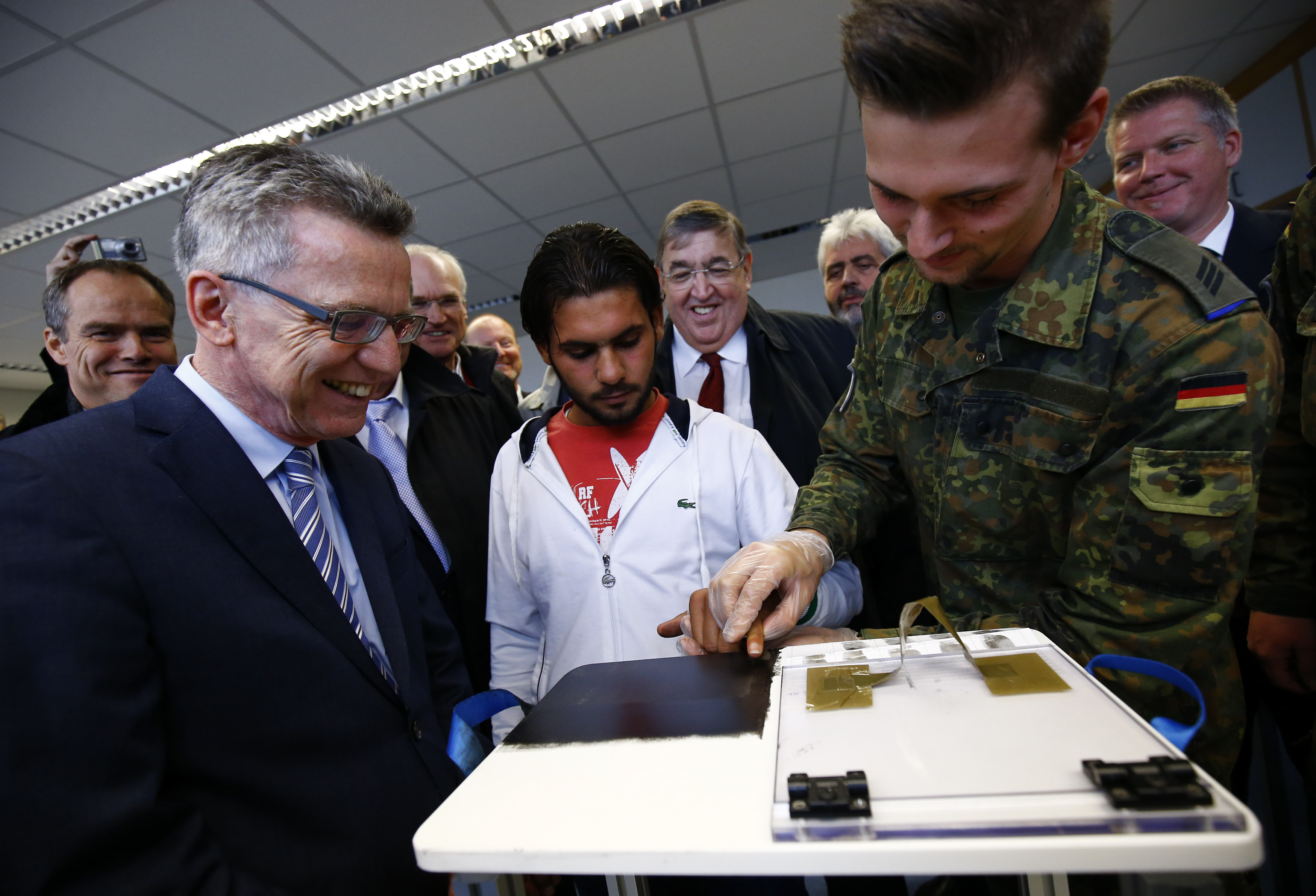
Far more needed but little appetite among national capitals
There are several policy areas where far more should be done:
- There is at least one area where the EU is still planning reforms but of a far more limited nature, and that’s on the current directive on basic standards for housing, healthcare, and employment. In private conversations, EU officials stress that the sheer numbers of migrants make it hard for even the best-performing countries to implement this directive. Put simply, member states do not have the political will to do more than what they are already doing. The EU is therefore, understandably, proposing a more moderate reform: it aims to improve reception conditions throughout the EU without dictating to member states how to do so.
- Less privileged migrants must be provided with safe avenues to contribute to Europe’s economy. Legislation allowing seasonal workers into the Union for a maximum of between five and nine months within any twelve-month period already goes in this direction. Forums connecting local industry associations and countries of origin to better match labor demand and supply would also be welcome. Armenia, Azerbaijan, Cape Verde, Georgia, Morocco, Moldova, and Tunisia—which enjoy mobility partnerships with the EU—would benefit from such an approach. More can be done if the political will amongst European capitals is there.
- Finally, Europeans must ensure that migrants feel welcome to stay. The EU is aware of the need to adequately integrate third-country nationals, but European capitals are in the driver’s seat when it comes to integration. Directives aimed at facilitating family reunifications, integrating long-term residents, and streamlining administrative processes do what they can in this respect. However, the paths to integration and to welcoming foreigners chosen by European countries are exceedingly different, and for the time being likely to remain so. Because of this and until policymakers put integration at the top of their national agendas, foreign nationals will likely continue to struggle.
Dublin: Still the elephant in the room
The Dublin regulation, which outlines which member state should be responsible for handling asylum applications, still must be radically revised. This is the elephant in the room and the core of the current asylum refugee framework. Member states should consider the Commission’s proposals for a corrective mechanism in case of migrant surges, a new system for allocating applications across the EU based on a distribution key or, ideally, the centralization of competences to the European Asylum Support Office.
Informal conversations with top national and European officials suggest that the corrective mechanism is the most likely proposal to be accepted by the member states and therefore adopted. Under such an agreement, Dublin would be maintained, but automatic relocations would start in case of exceptional migrant surges—with hefty fines imposed by the Commission on those member states refusing to play their part. Unfortunately, this is not good enough. Such an approach does not address the underlying structural unfairness and unsustainability of a system that leaves the burden of processing arrivals overwhelmingly on frontline states.
The current situation exemplifies a significant failure of governance that harms the interests of migrants and member states alike. At present, the Dublin Convention largely ignores the needs of migrants in terms of family reunification, language skills, and cultural integration. Unfortunately, the corrective mechanism for the Dublin Convention does nothing more than provide some relief in case of acute emergencies. Meanwhile, it leaves frontline states to continue facing on their own a crisis that only Europe as a whole could solve. “European leaders” still think and act through national perspectives.
Moving along despite European governments
The European Commission faces both legal and political constraints that limit its scope of action. Whenever it can, it is pushing for a significant overhaul of European asylum and migration policies. However, once more, its initiatives are hampered by the so-called “interests” of the member states. For the time being, we are likely to see some degree of integration in the fields of asylum and migration policies. But because of national vetoes, progress is slow and proposals are often watered down.
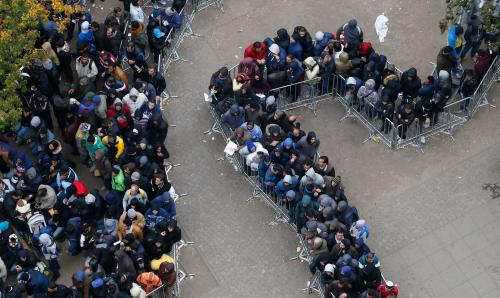
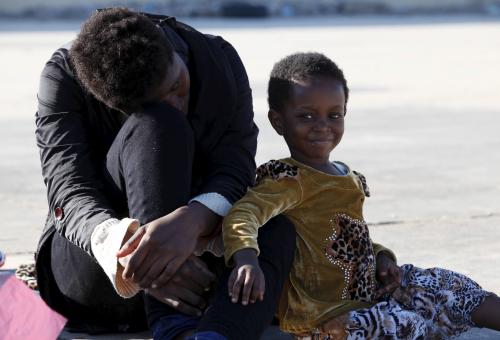
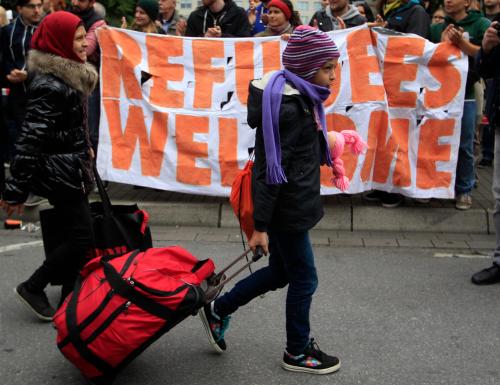

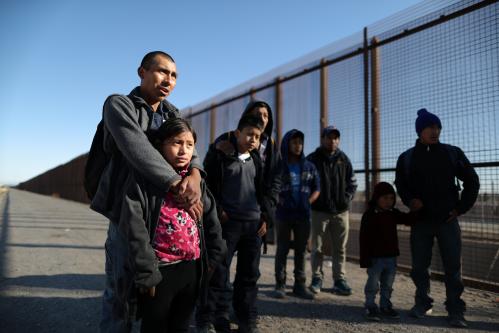

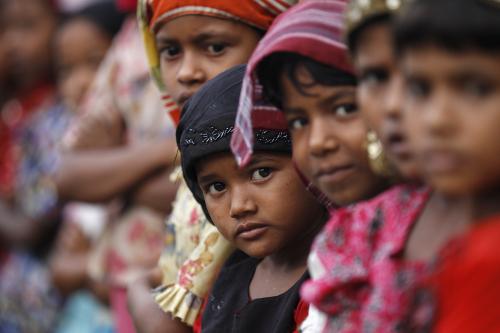
Commentary
After the emergency: What European migration policy will eventually look like
July 27, 2016